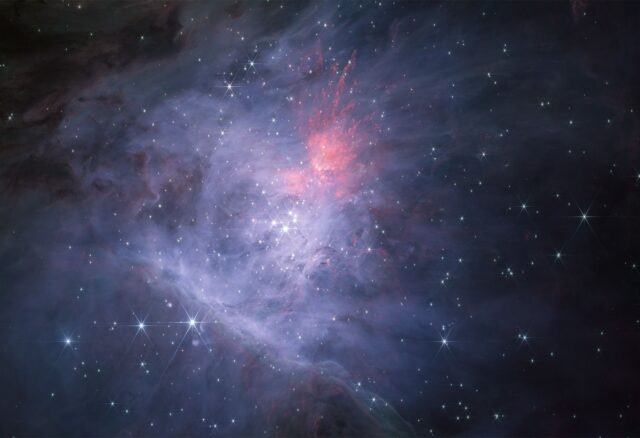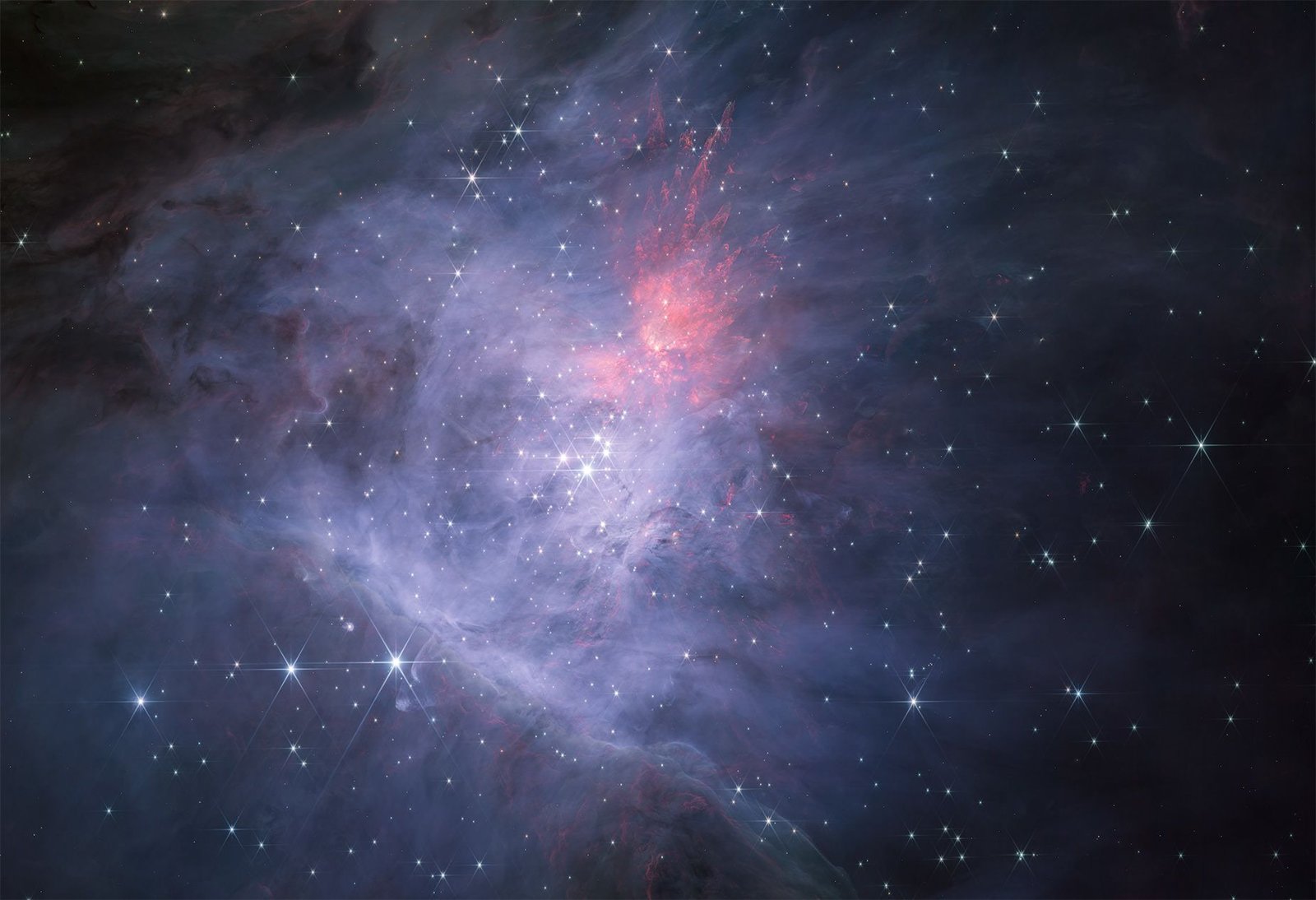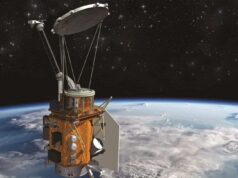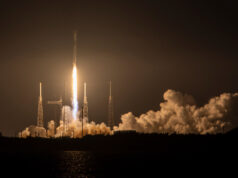
In a groundbreaking discovery, astronomers have detected a fast radio burst (FRB) that traveled through space for about 8 billion years before reaching Earth. This significant find comes from a distant galaxy or galaxies, shedding light on the enigmatic phenomena of fast radio bursts and challenging current astrophysical models.
Key Highlights:
- The radio burst, named FRB 20220610A, is the most distant and ancient FRB detected to date, having traveled 8 billion light years to reach us.
- The discovery was made in June 2022 by a team of researchers using the Australian Square Kilometre Array Pathfinder telescope, among others.
- The FRB’s signal was more dispersed than usual, indicating a long and turbulent journey through space, and emitted 3.5 times more energy than previously modeled.
- The origin of the FRB is traced back to a cluster of merging galaxies, hinting at a common cosmic occurrence in the early Universe.
- The findings challenge existing models and broaden our understanding of the Universe’s evolution and the properties of fast radio bursts.
The remarkable discovery has not only intrigued the scientific community but also opened new avenues for understanding the cosmos. The bright, briefly detectable flash of energy from the radio burst has traversed nearly half the age of the Universe, making it the most well-traveled FRB to date. The burst’s powerful emission, being more than three times the maximum amount predicted by modeling, has left scientists in awe and incited a re-evaluation of existing cosmic models.
Fast radio bursts are brief, enigmatic flashes of radio waves from distant galaxies. Their origin and mechanisms remain largely unknown, making every detection a crucial piece of the cosmic puzzle. The newly detected FRB 20220610A is no exception. Its redshift measurement revealed that the burst left its source about 8 billion years ago, providing a rare glimpse into the distant past of the universe and the conditions prevailing then.
The detection was made possible through a collaborative effort involving various powerful telescopes. The Australian Square Kilometre Array Pathfinder telescope played a key role, with additional data from the European Southern Observatory’s Very Large Telescope in Chile and the W. M. Keck Observatory in Hawaii helping to pinpoint the galaxy where the fast radio burst originated.
The precise cause of FRB 20220610A remains a mystery. However, a closer look at its galaxy of origin revealed two or three bright clumps, suggesting that the burst might have emerged from a group of colliding galaxies. Such galactic collisions were common during the early days of the Universe, providing a tantalizing hint at the chaotic cosmic conditions of the distant past.
The discovery underscores the invaluable role of fast radio bursts as cosmic probes. They serve as a unique tool for studying the Universe, allowing scientists to detect and the matter lying between galaxies, currently invisible to us. Their detection sheds light on the dispersion of radio waves, the distribution of matter in the cosmos, and the extreme conditions under which these powerful bursts occur.
The detection of an 8 billion-year-old fast radio burst brings a fresh perspective to the study of the Universe’s evolution and the enigmatic nature of fast radio bursts. As astronomers continue to delve deeper into the cosmos, each new discovery brings us a step closer to unraveling the mysteries of the far reaches of the Universe.











